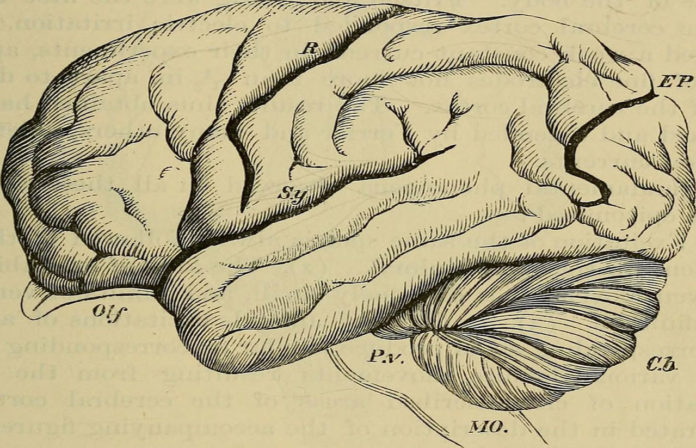Adequate oxygen supply is critical for proper brain function, and deficiencies in tissue oxygen are noted comorbidity in human diseases and aging. For that reason, there has been a great deal of interest in studying the dynamics of cerebral oxygenation.
However, there is a gap in our understanding of how behavior, such as natural exercises like locomotion, affects cerebral oxygenation. However, how cerebral oxygen dynamics are controlled in the behaving animal remains unclear.
A new study by an international team of scientists suggests that Contrary to accepted knowledge, blood can bring more oxygen to mice brains when they exercise because of the increased respiration packs more oxygen into the hemoglobin.
Meanwhile, the only way to get more oxygen to the brain would be to get more blood to the brain by increasing blood flow. Scientists were keen to know how brain oxygen levels were affected by natural behaviors, precisely exercise.
Breathing pattern changes during cognitive tasks. Respiration phase locks to the task at hand. In the brain, increases in neural activity usually are accompanied by increases in blood flow.
Although what happens inside the body remains unknown. Thus, scientists used mice who could choose to walk or run on a treadmill and monitored their respiration, neural activity, blood flow, and brain oxygenation.
Qing Guang Zhang, a postdoctoral fellow in engineering science and mechanics, said, “We predicted that brain oxygenation would depend on neural activity and blood flow. We expected the oxygenation would drop in the brain’s frontal cortex if blood flow decreased.”
“That was what we thought would happen, but then we realized it was the respiration that was keeping the oxygenation up.”
“The only way that could happen would be if exercise was causing the blood to carry more oxygen, which would mean that the blood was not normally completely saturated with oxygen.”
Scientists observed oxygenation in the somatosensory cortex, the frontal cortex, and the olfactory bulb, as these are the most accessible areas of the brain. Various techniques were used to track respiration, blood flow, and oxygenation.
Scientists noted, “The oxygenation persisted when neural activity and functional hyperemia (blood flow increases) were blocked, occurred both in the tissue and in arteries feeding the brain, and were tightly correlated with respiration rate and the phase of the respiration cycle.”
The study is published in Nature Communications.
